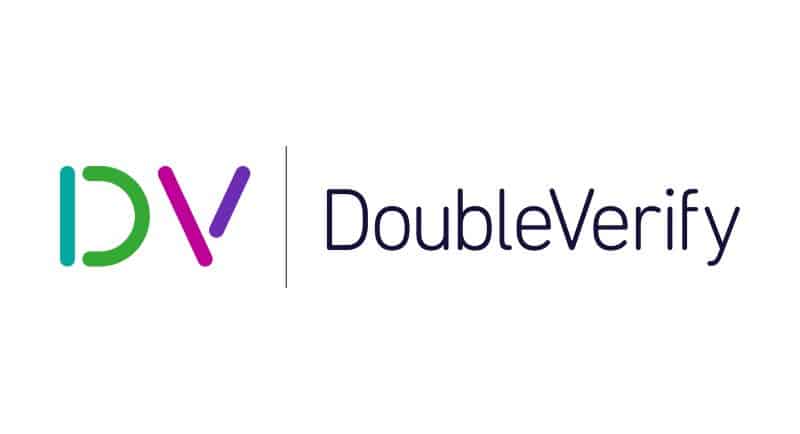DoubleVerify (DV) has launched Made For Advertising (MFA), a tiered brand suitability category that addresses measurement and protection in a nuanced and brand-specific way.
DV’s tiered MFA categories give brands enhanced granularity and control to determine the level of protection that best suits their requirements.
It provides marketers with the tools to help determine whether specific MFA sites align with their brand values and advertising goals. Unlike ad fraud, MFA inventory is not inherently invalid, and many advertisers may opt to run ads across MFA sites.
Mark Zagorski, CEO of DoubleVerify, said the “AI-powered MFA brand suitability categories offer marketers a groundbreaking, nuanced approach to effectively tackle MFA challenges.”
“With this launch, we offer the most expansive, scaled MFA solution in the market today. Our MFA controls enable brands to boost campaign performance and optimise media investments by carefully balancing brand protection and campaign scale based on their specific requirements.”
DV noted that its tiered MFA brand suitability categories use a proprietary analysis process to leverage a blend of human and AI-based auditing to identify MFA sites at scale. MFA sites are identified by analysing several factors across their ad monetisation activities, ad traffic sources and approach to content creation.
Then it is assigned to one of three brand tiers – high, medium, low – based on suitability:
• MFA High: Identifies sites exhibiting the most extreme MFA content or characteristics, including, but not limited to, significant ad density relative to page content, a predominant dependance on paid traffic sources with little to no organic traffic, and an average ad intensity – a measure of the viewable time duration of an ad – that is significantly lower than the DoubleVerify benchmark.
• MFA Medium: Identifies sites with varying degrees of MFA behavior. For example, a site might employ high ad density relative to page content, but the average ad intensity might be near the DV benchmark.
• MFA Low: Covers sites or sections with a blend of MFA and non-MFA content – for example, sites where only a section or a subdomain exhibits MFA content or characteristics.
The platform’s approach allows for the deepest and most nuanced level of analysis, preventing miscategorisation and false positives. As an example, it noted, a website may feature a significant number of ads, while still registering high rates of direct and search-enabled traffic. In this instance, the publisher would not meet DV’s definition of an MFA website.
Jack Smith, chief innovation officer at DoubleVerify, said: “The introduction of our MFA brand suitability categories is a critical development for the advertising industry.”
“Our goal is to equip marketers with tools for nuanced measurement and management of MFA content, significantly enhancing precise brand protection. This innovation ensures that marketing efforts are strategically aligned with brand goals and values, fostering deeper consumer engagement and trust, while also optimising investments and performance.”
